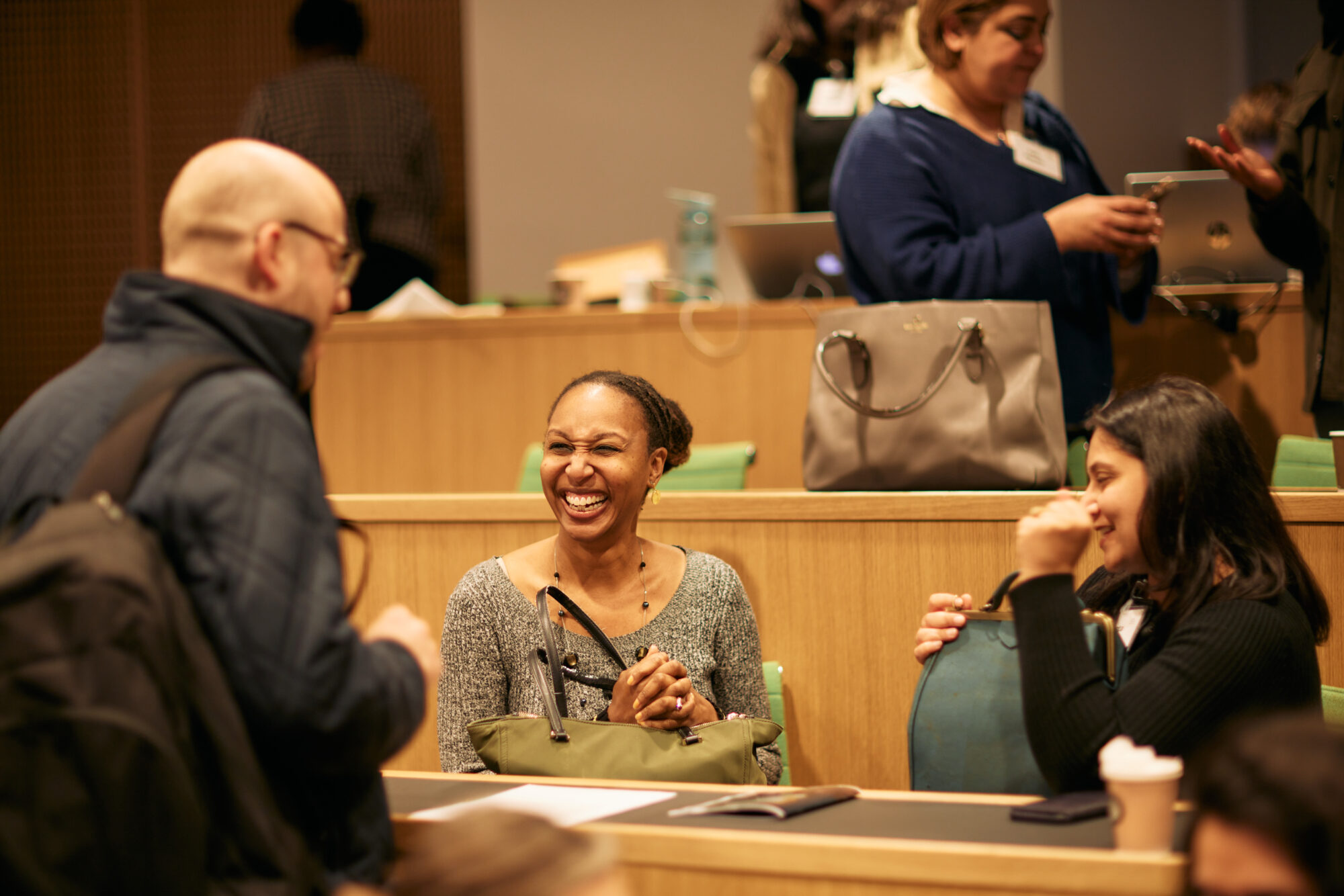
In March, Oxford University’s Business Economics Programme (OUBEP) hosted a workshop on The Economics of Intersectionality, which brought together academics, business professionals, and policy experts to discuss the role that intersectionality plays in our economic lives.
The term “intersectionality” was coined by critical theorist Kimberlé Crenshaw in the 1980s and refers to the lens through which various forms of inequality can be seen as overlapping and operating concurrently. The workshop explored how an understanding of intersectionality can help design economic models and systems that lead to equitable change.
The workshop highlighted that research into the economics of intersectionality is sparse, and that economists must learn from other disciplines to better understand intersectionality. Often, the approaches that economic theory takes to modelling or resource allocation rules assumes “anonymity” of economic agents. However, understanding the role of identity but also of intersectionality and how various forms of inequality can operate together is crucial to designing equitable ways of distributing resources in the future.
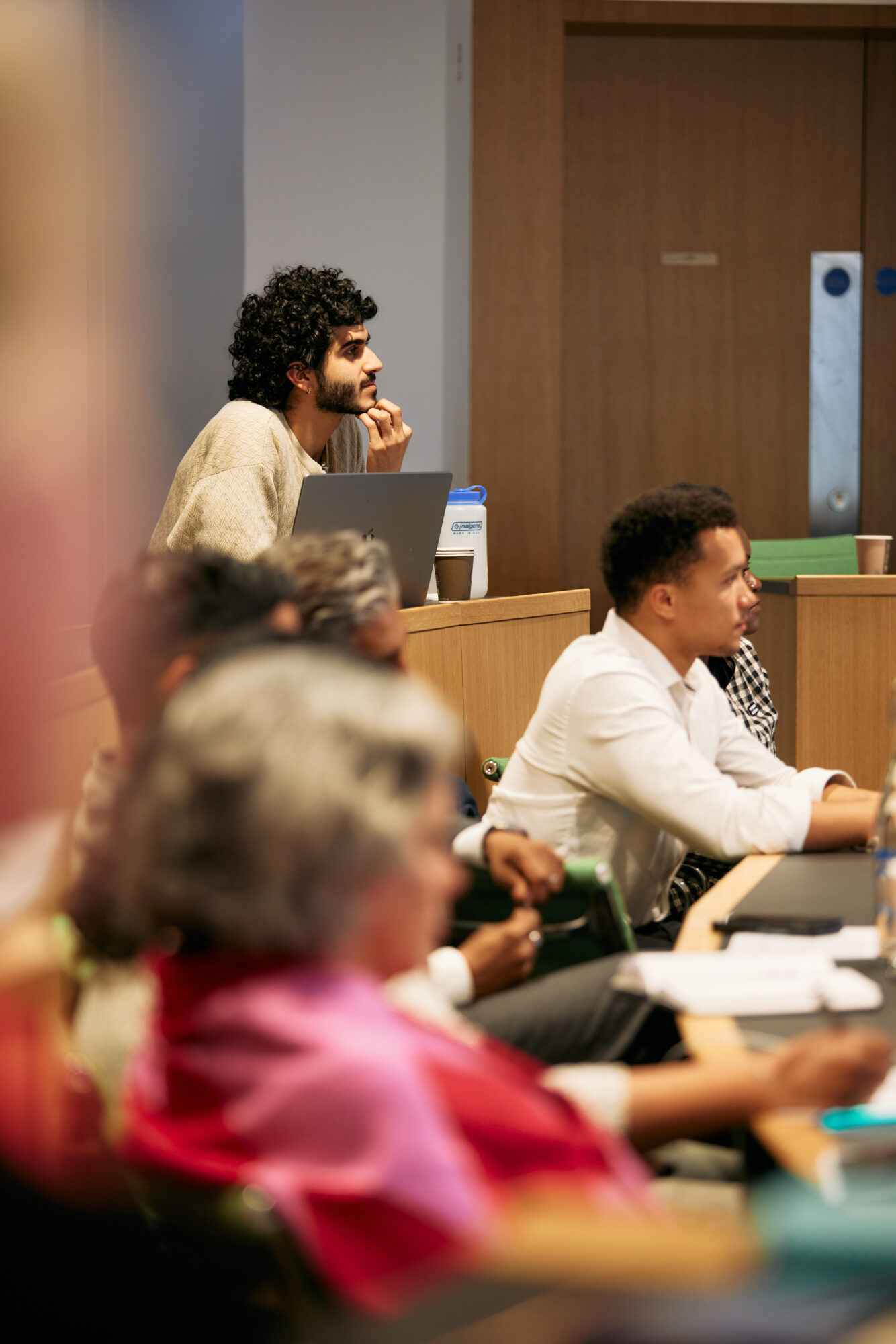
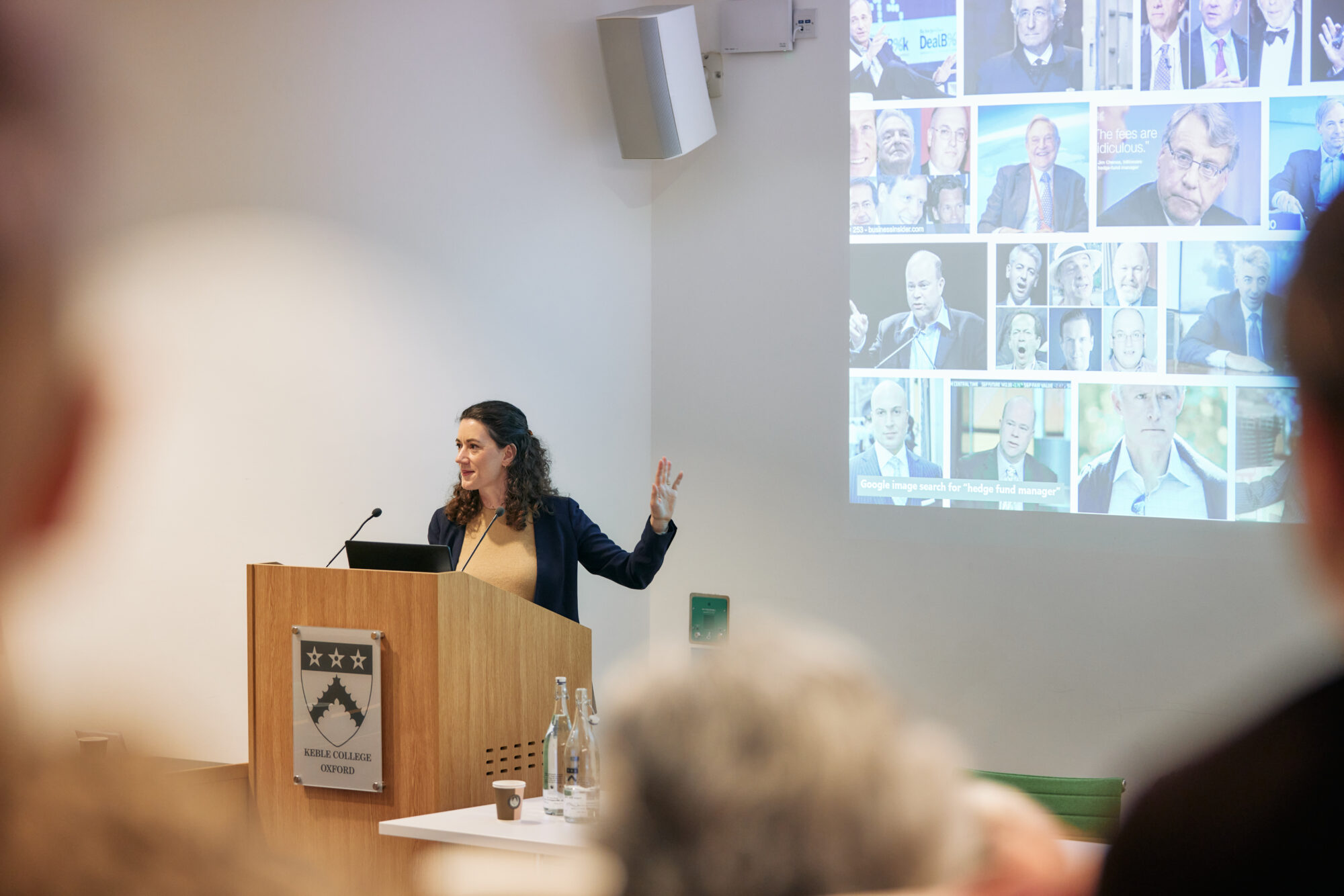
The morning session focused on Intersectional Approaches to Identity, Inclusion, and Allyship and featured speakers who discussed a variety of topics related to intersectionality, including cognitive biases that Americans have in the labour market, the willingness of white people to engage in allyship, and organisations frequently overlooking those with multiple stigmatised identities. These talks dealt with some of the more subjective reasoning, tackling the effects non-equitable systems have on individuals.
The afternoon session, titled Intersectional approaches to Systems, Organisations, and Markets, considered the bigger picture of macroscopic behaviour. The speakers in this session investigated how marginalisation happens, through studying the psychology of hegemonic workplaces. The outcome of this demonstrated that current systems of Diversity-Equality-Inclusion (DEI) frameworks do not have intersectionality at their core, and therefore cannot fully expose microaggressions that may occur within an organisation as the result of stereotypes and prejudices. The afternoon continued with perspectives on the intersection of race and place, focusing on two entrepreneurial hubs to explore how socially different spaces produce different financial outcomes for African-American founders.
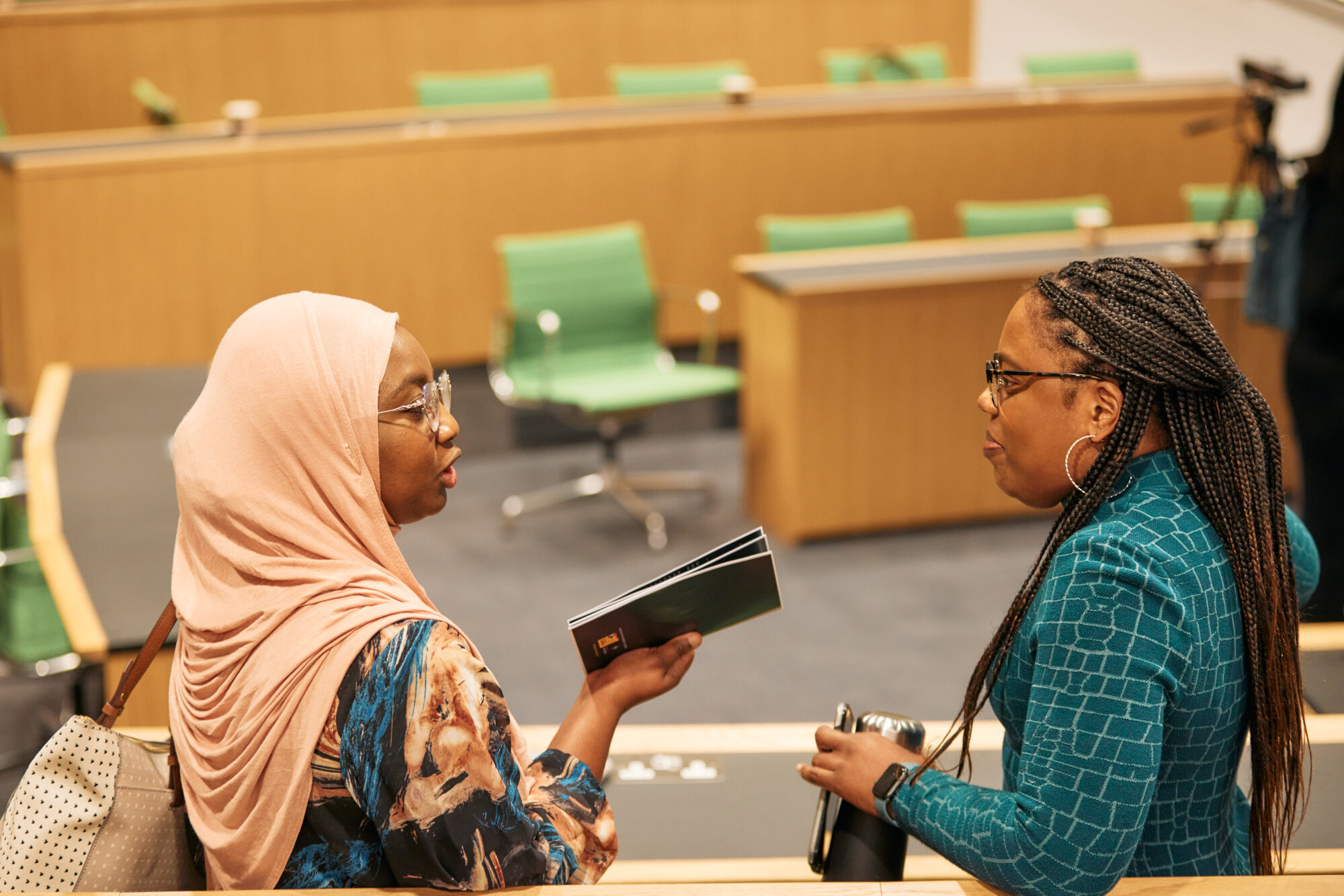

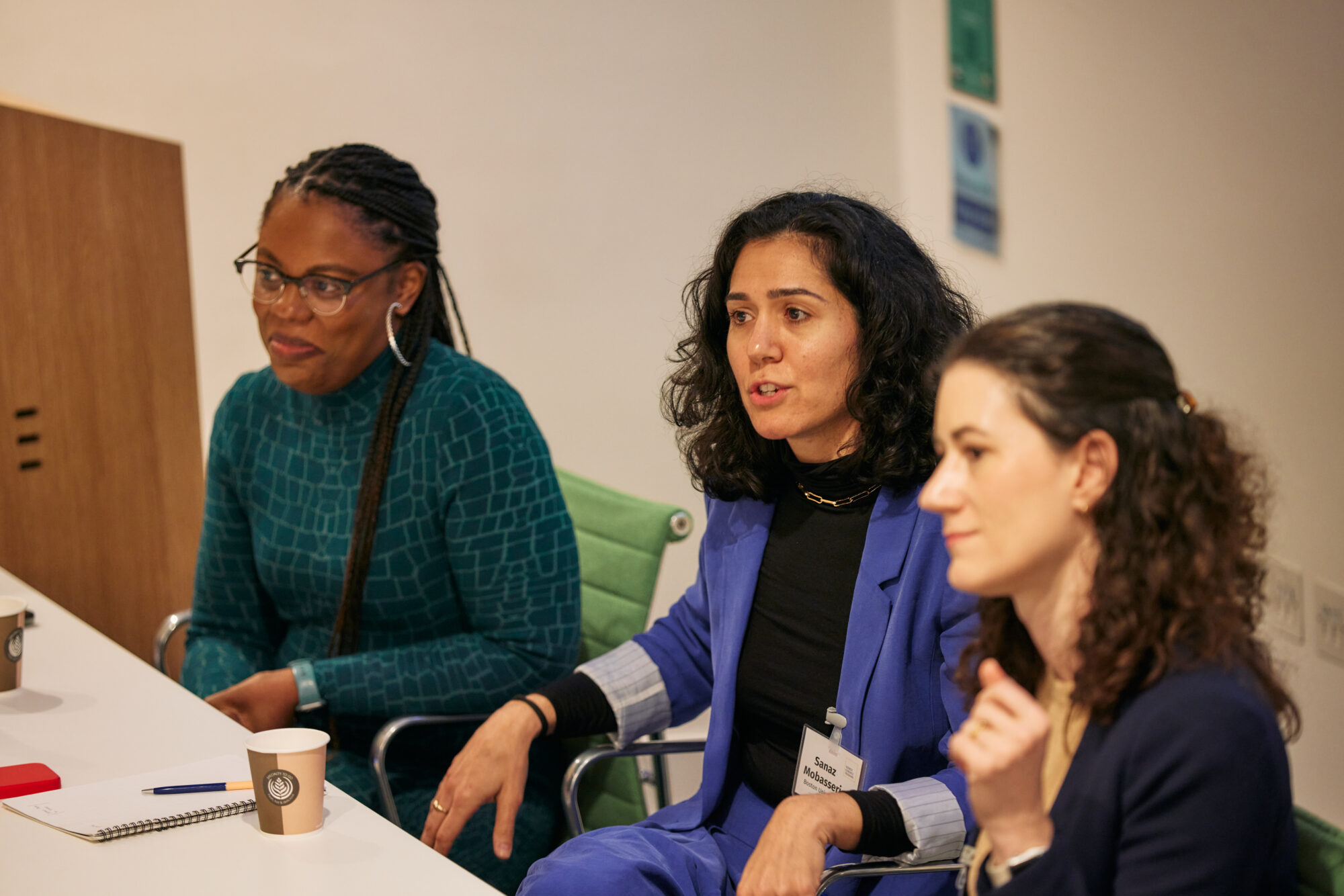
“It was such an honour to be a small part of such a brilliant day. Fascinating, insightful, provocative, motivating and inspiring. A call to action for sure!”
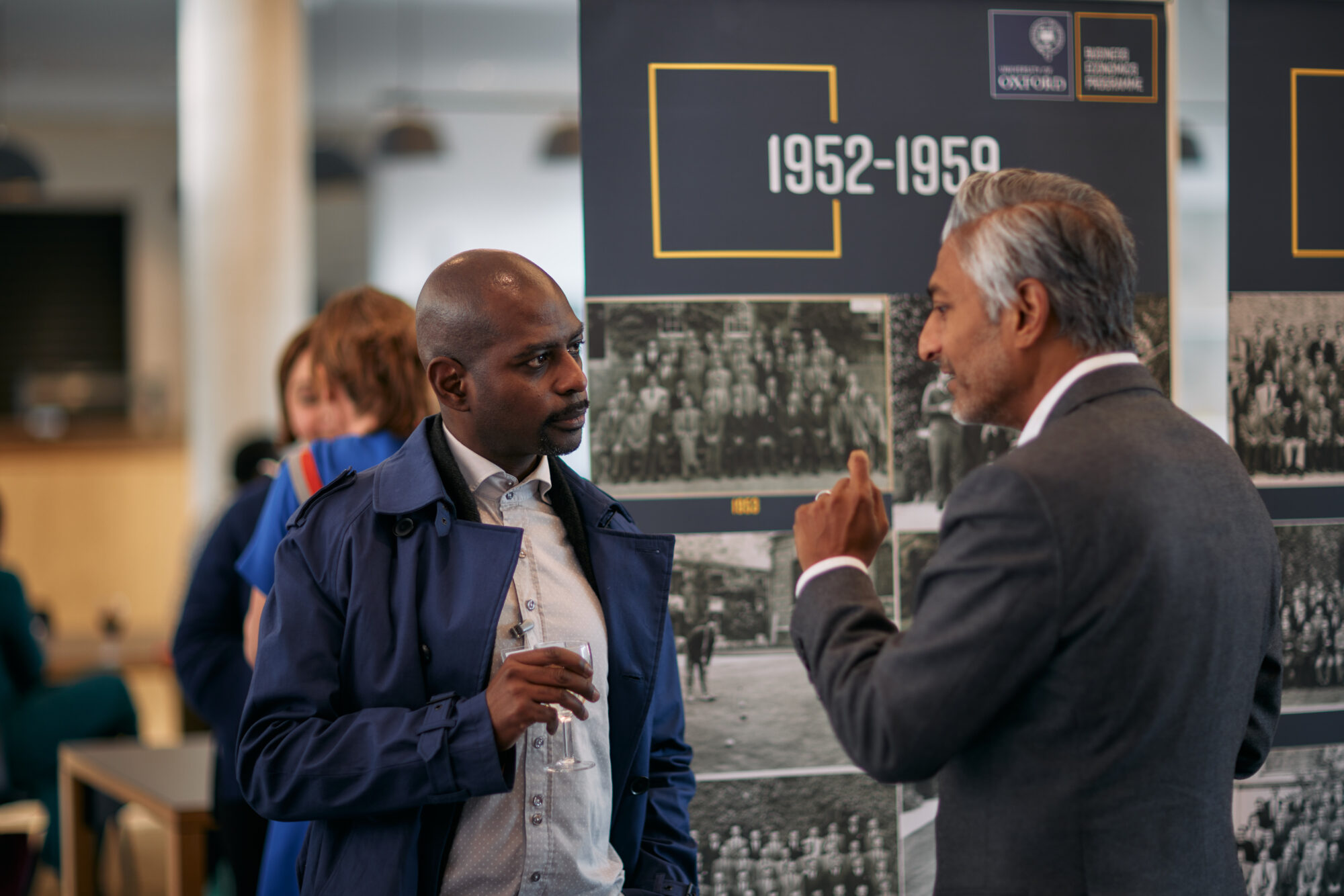
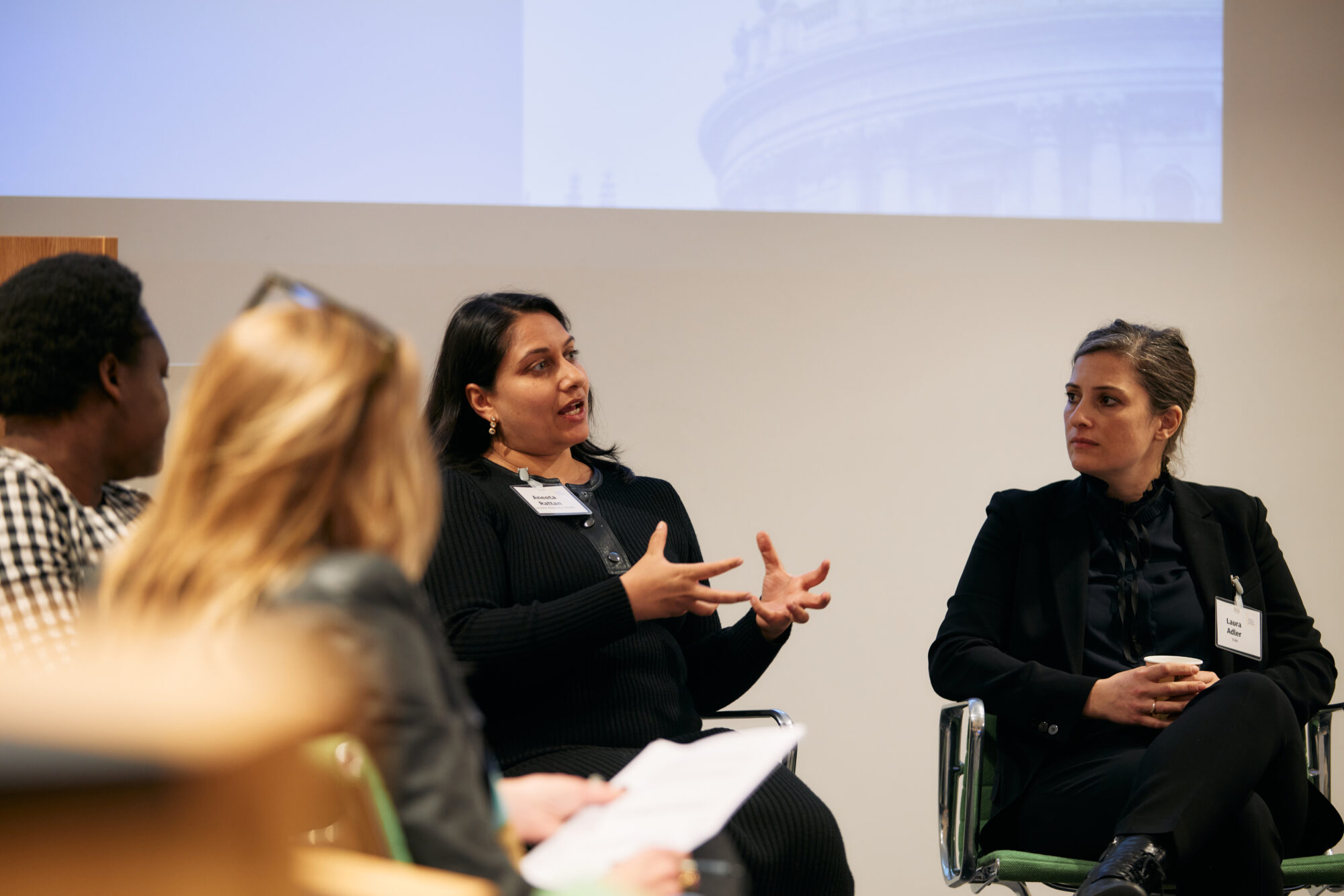
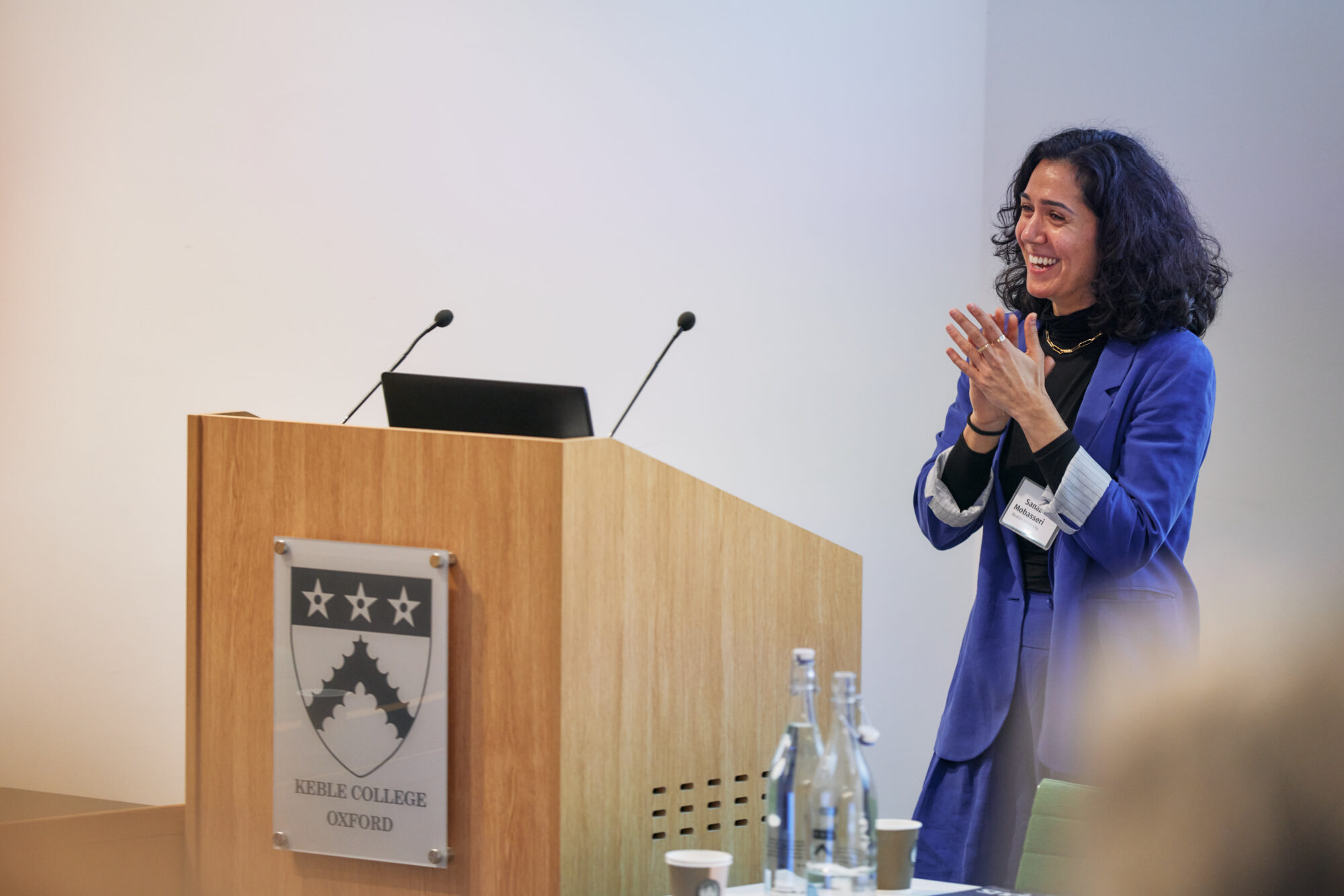
The implications of intersectionality were then examined through a lively panel discussion, with a diverse panel of academic and professional practitioners that have experience of building intersectionality into their work. The panellists emphasised that intersectionality is about people’s lived experience, and that our lived experiences, paired with an understanding of various identities, can lead to unique insights.
Our keynote speaker Professor Adia Harvey Wingfield further emphasised the significance of intersectionality beyond identity in her presentation. She drew on Crenshaw’s seminal work to highlight that intersectional experiences are more than just the sum of individual prejudices across each dimension of identity. Wingfield argued that everyone’s experience is unique and cannot be reduced to a series of categories. She highlighted the obstacles that single-axis frameworks raise in the workplace, and that they should not be relied upon to identify individuals because they often overlook the complexity of intersectionality. According to Wingfield, merely pointing out the oversight of applying intersectional identities is insufficient. She called on researchers to consider how multiple forms of discrimination intersect and operate simultaneously, and on leaders to be conscious of how company practices can be responsible for exacerbating differences along overlapping identities.
So where does this leave economics? How exactly should business and economics prioritise integrating intersectionality at its foundation? The workshop suggested the following as the building blocks of embracing the concept of intersectionality within the business sector:
- Understand the concept of intersectionality and how it operates in society.
- Use a multidimensional approach to the complexities of intersectionality by building identities into economic models and systems.
- To create genuine allyship and true representation in organisations, it is essential to first acknowledge the existence and impact of cognitive biases and identity threat on marginalised groups.
- Intentionally elevate marginalised groups and build intersectionality into social structures and workplaces.
- To achieve success for marginalised groups in the labour market, it is crucial to acknowledge that threats to the identity of dominant social populations can lead to projective identification on minorities, which hinders their progress.
- Incorporate intersectionality into the assessment process for DEI teams, to ensure fair evaluations and representations of risks within an organisation.
- Consider the intersections of identity and place and recognise that success is more feasible in alternative spaces than in hegemonically-dominated spaces.
- Overall, prioritise building intersectionality into businesses’ frameworks and social structures to promote equitable change.

The speakers presented some dynamic, well researched, academic studies on bias and intersectionality – How allies can become adversaries – How the perception of threat can change a dynamic – The cause and effect of perceived competence….. just to name a few of the topics.